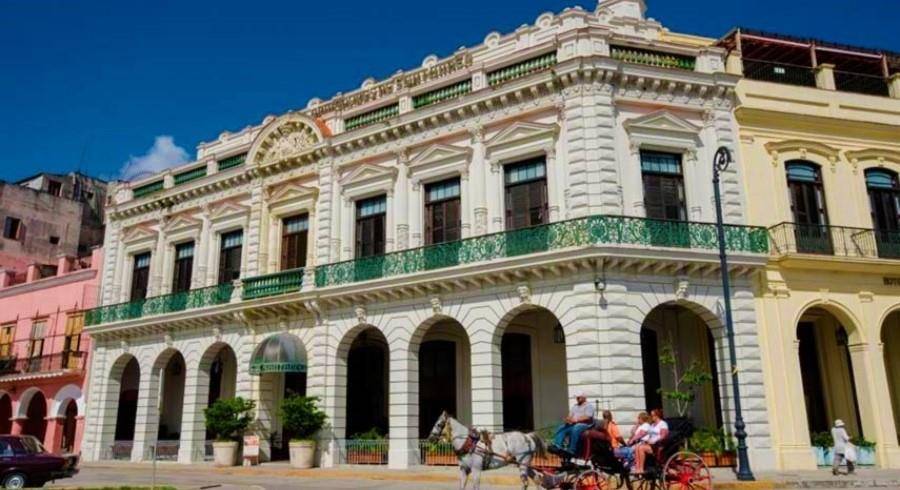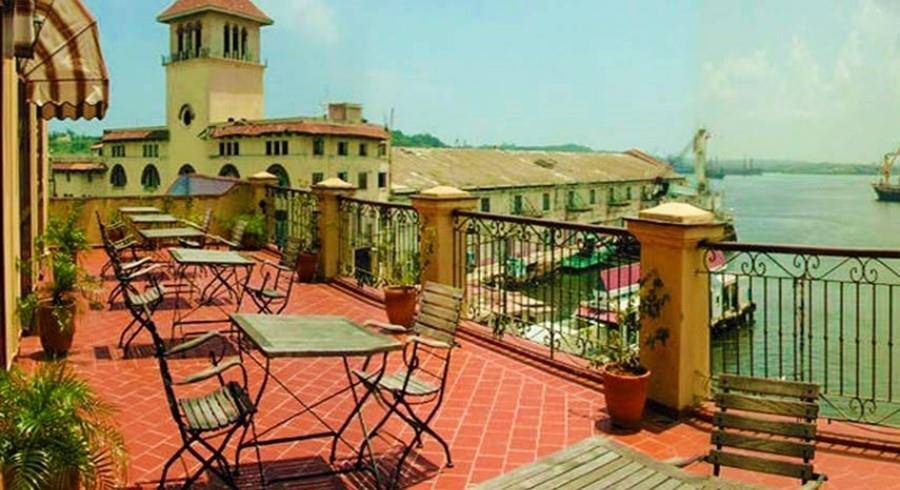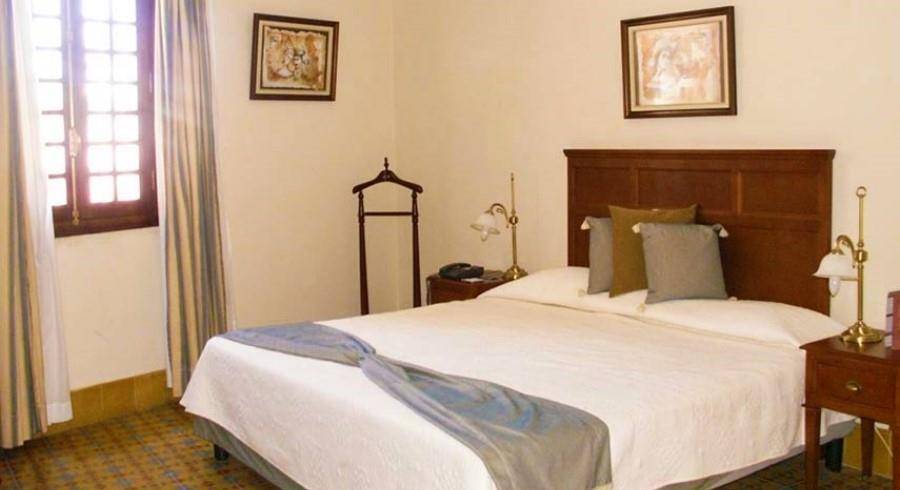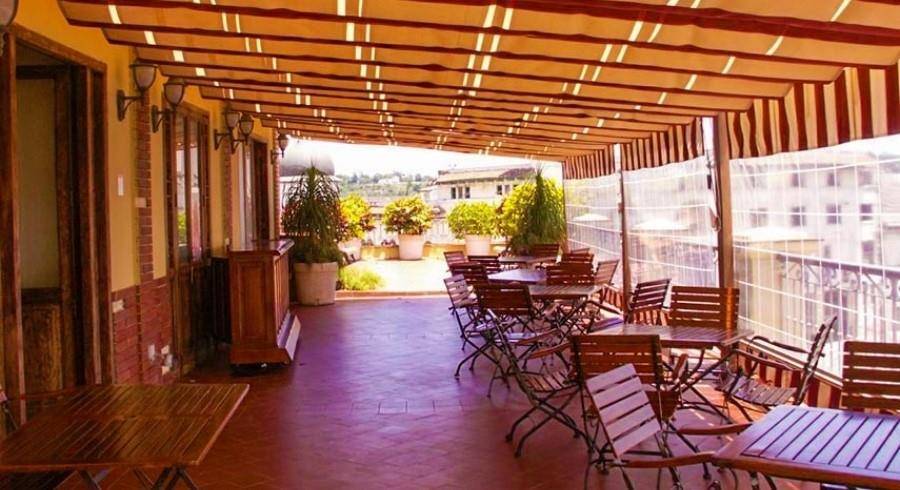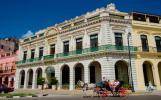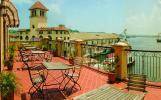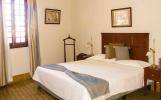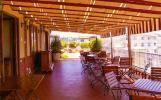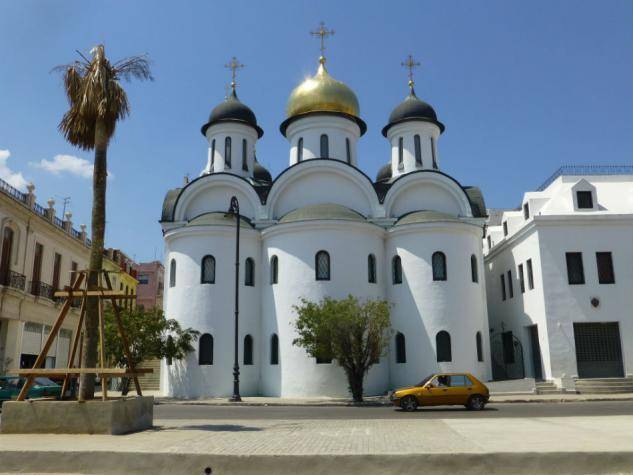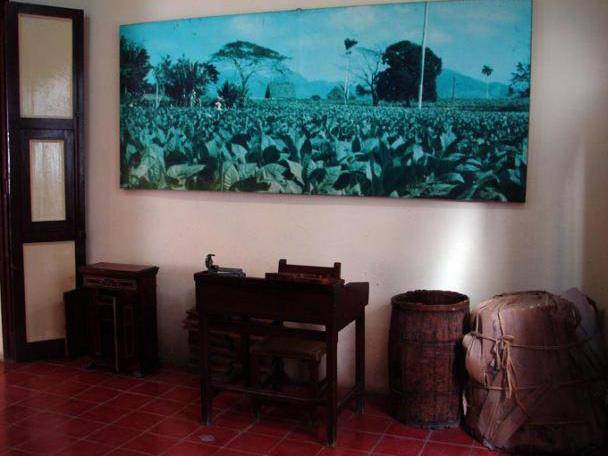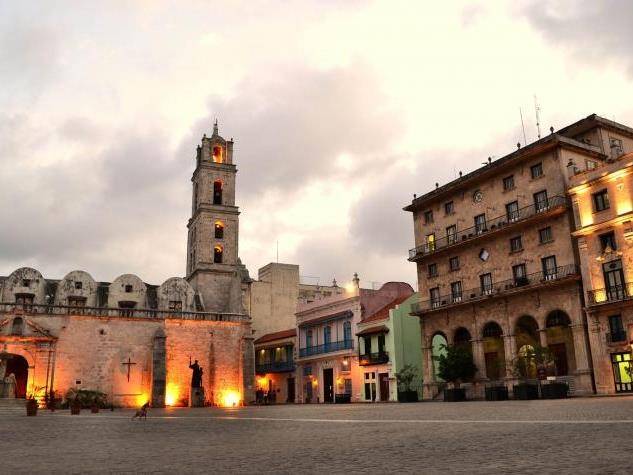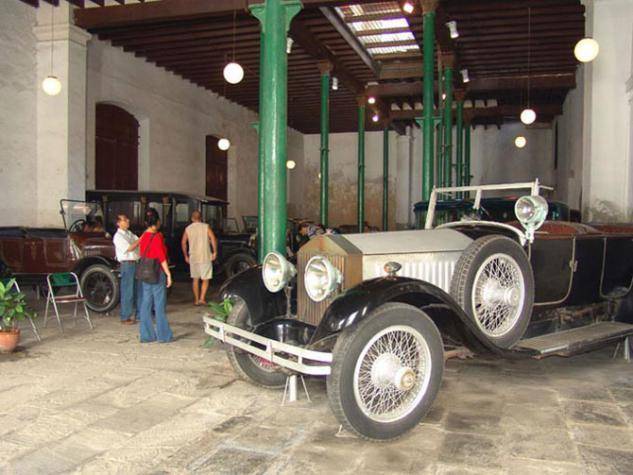
Automobile Museum
The Museo del Automóvil (Automobile Museum) is located in an 1892 Neoclassical construction in Old Havana. This museum is divided in two exposition rooms, which share the entire collection composed by 30 promenade cars, two rigid trucks, a funeral carriage, a special vehicle, seven motorcycles, a semaphore, three fuel pumps and two didactic imitations. This museum has a very well preserved and interesting collection of old automobiles, among which are the noteworthy Thunderbird, Pontiac, and Ford T, among others. The oldest vehicle in the collection dates from 1905, and the latest one comes from 1989. Most of them are North American, although some cars were made in Italy, Spain, Germany and Great Britain. It houses automobiles related to specific people and others antiquated vehicles. An example of this is the Cadillac used by Ernesto Che Guevara when living in Havana, the 1930 Fiat from Flor Loynaz, or the 1959 Oldsmobile used by Commander Camilo Cienfuegos.

